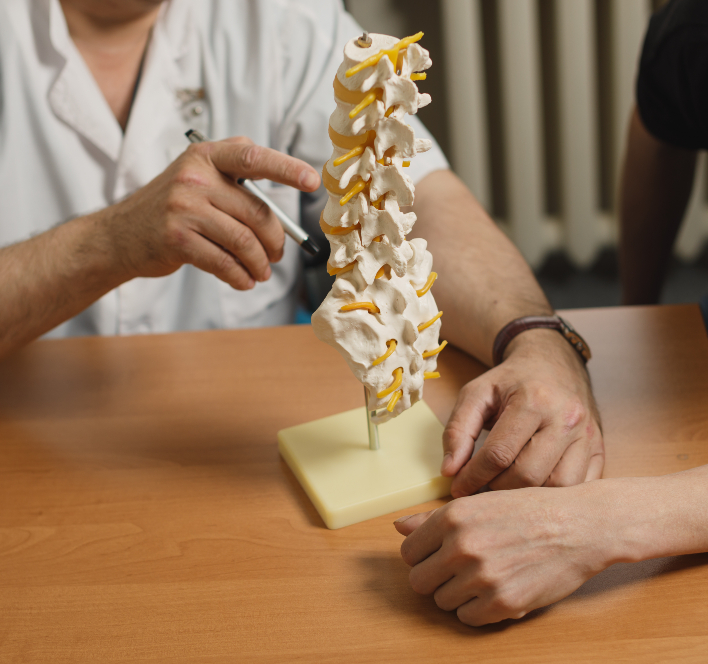Back and neck pain can be debilitating, significantly impacting your quality of life. If conservative treatments like physical therapy, medication, or spinal injections haven’t worked, you might be considering surgical options. One increasingly popular and…
A coccygectomy is a surgical procedure that removes the tailbone, also known as the coccyx. Tailbone pain can be caused by a variety of conditions, ranging from benign to serious. Generally speaking, patients with chronic coccyx pain have little choice other than surgery to alleviate their symptoms.
Depending on your particular case and condition, your doctor may recommend an open or laparoscopic approach for your surgery. Here is what happens during a coccygectomy.
What Is the Purpose of a Coccygectomy?
A coccygectomy is a surgery performed to remove the bones of the tailbone. These bones are commonly fractured in people with chronic tailbone pain, and surgery is usually the only way to resolve the problem and get rid of the pain.
Tailbone pain is typically caused by a degeneration of the joints in the coccyx. This degeneration can be caused by injury, childbirth, or simply wear and tear over time. The coccygectomy surgery is typically a last-resort procedure to treat tailbone pain that doesn’t respond to other treatments.
Preoperative Preparation for a Coccygectomy
Before your procedure, you will meet with your surgeon to discuss your particular case and to receive instructions on how to prepare for the surgery. You should expect to follow a preoperative diet in the days leading up to your surgery. Your doctor will likely give you instructions for the type and amount of fluids that you are allowed to consume. You may be advised to take various supplements in order to boost your immune system and strengthen your bones.
Depending on the particularities of your case, your surgeon may recommend that you receive antibiotics in order to prevent infection. It is important that you adhere to the preoperative instructions so that you are in the best possible shape for the surgery.
What Is an Open Coccygectomy?
An open coccygectomy involves cutting a large incision in the skin and soft tissue over the tailbone in order to fully expose the bones in question. This type of procedure is typically only recommended in rare cases.
Patients with severe infection or patients with very poor bone density may not be able to undergo laparoscopic surgery. In these cases, a large incision may be the only way to access the bones in question. Open coccygectomy is a very invasive procedure with a high risk of complications.
What Is a Laparoscopic Coccygectomy?
In a laparoscopic coccygectomy, the surgeon will insert a special instrument into the abdomen and remove the tailbone through a small incision in the skin. This procedure is often recommended for patients with a normal or healthy immune system. A laparoscopic coccygectomy involves significantly less risk than an open procedure.
Recovery and Aftercare for a Coccygectomy
After your procedure, you will stay in the hospital for 24 hours so that your doctor can closely monitor your progress and make sure that everything goes as planned. In most cases, patients will experience some pain and discomfort in the days after surgery. It is important that you follow the doctor’s instructions on when and how to move around in order to reduce the risk of complications.
You may experience some blood clotting and swelling, which is normal following any surgery. Patients typically return to work and daily activities within two to six weeks after a coccygectomy. It is important to follow your doctor’s instructions and take it easy for the first few weeks following your surgery in order to ensure a smooth recovery.
Get Expert Help if You Are Experiencing Tailbone Pain and Considering a Coccygectomy
If you are experiencing tailbone pain, get help from the experts. There may be another option for relief before a coccygectomy. Our team at Orthopedic & Laser Spine Surgery is dedicated to helping solve your back pain in the least invasive manner possible, improving your recovery time and quality of life after your procedure. Our compassionate spine surgeons and technicians will create a personalized approach for your specific condition, giving you the specialized attention you need.
Contact us here at OLSS by calling (855) 853-6542 or filling out our contact form.

